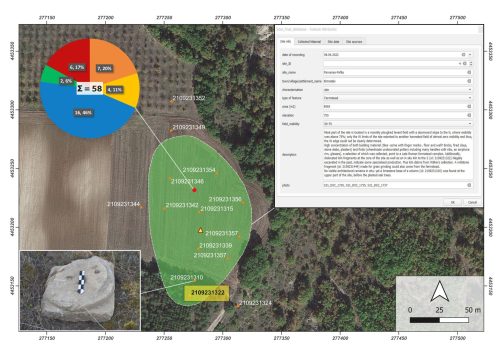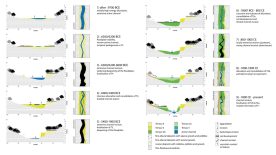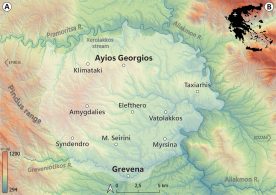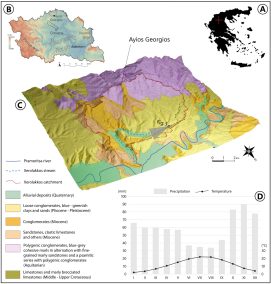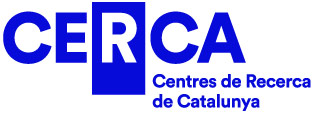Tarragona (plaça d'en Rovellat, s/n)
En el marc del programa de doctorat interuniversitari en Arqueologia Clàssica (URV-ICAC-UAB), ens plau convidar-vos a la lectura pública de la tesi doctoral de l’investigador predoctoral Giannis Apostolou, del grup de recerca GIAP, codirigida pels Drs. Prof. Hèctor A. Orengo (ICREA-BSC-ICAC), Dr. Arnau Garcia Molsosa (ICAC) i Dr. Merkourios Georgiadis.
«Multi-disciplinary survey approaches for the study of long-term cultural landscapes: The example of Grevena in Western Macedonia (Greece)«.
⇒ L’acte de defensa es farà presencialment a la Sala d’Actes de l’ICAC, el dilluns 27 de gener de 2025 a partir de les 11.00 h.
Membres del tribunal:
- Dr. Victorino Mayoral, Instituto de Arqueología de Mérida – CSIC (president)
- Dra. Eurydice Kefalidou, National & Kapodistrian University of Athens (secretària)
- Dr. Toby C. Wilkinson, McDonald Institute of Archaeology – University of Cambridge (vocal titular)
Abstract:
This doctoral thesis investigates the long-term interplay between human settlement, land-use strategies, and environmental change in the cultural landscapes of Grevena (Western Macedonia, Greece), employing a multi-disciplinary toolkit of integrated landscape archaeology approaches. The outcomes are disseminated through open-access publications in high-impact, peer-reviewed international journals.
The integrated methodology resulted in a 64% increase in the number of recovered archaeological sites, succeeded in distinguishing different forms of activity (e.g. settlements, cemeteries, farmsteads), and generated a wide range of quantitative data to model long-term habitation (e.g. site size estimates). Moreover, it identified the temporal impact of four main alluvial episodes during the Holocene, providing robust evidence for both climatic and human-induced erosion triggering.
A contextualised analysis of the achieved results illustrates that prehistoric sites (Neolithic to Middle Bronze Age) were underrepresented due to taphonomic biases. At the same time, a peak in settlement is suggested during the Late Bronze Age/Early Iron Age despite increased anthropogenic erosion. During this period, the emergence of a previously unknown social structure shaped the local hierarchies until the Hellenistic period, contrary to the alleged influence of the Macedonian Kingdom argued in historical studies. In Middle-Late Roman times, the habitation pattern shifted towards more extensive settlement with single-period farmsteads in new locations indicating agricultural extensification and probably intensification.
Overall, this study provides the first comprehensive narrative of human activity in Western Macedonia from the longue durée perspective. It also opens new avenues for developing a survey model based on the multi-source and multi-proxy interpretation of the surface record. In conclusion, the innovations introduced by this study are assessed, along with the need for future site-focused research in the area.
Keywords: Landscape Archaeology, Geoarchaeology, Archaeological Survey, GIS, Remote Sensing, Computational Archaeology, Legacy Data, Ancient Macedonia, Greece.
